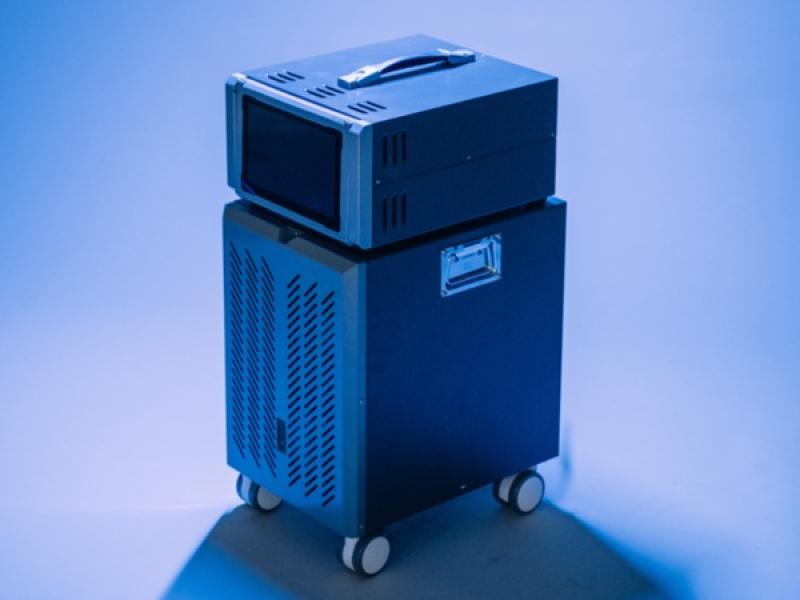
A battery recycling facility in Thorold, Ont. owned by EVSX Corp. will churn out thousands of tons of fertilizer per year from an unlikely source: consumer batteries.
The approximately 35,000-square-foot facility started operations mid-July at a recycling capacity of 4,200 tons of alkaline batteries per year.
EVSX, a subsidiary of Montreal-based St-Georges Eco-Mining Corp., will break down alkaline batteries into the metallic and chemical components with the help of St-Georges Metallurgy, another St-Georges subsidiary.
The chemical mix, which includes nutrients such as manganese, zinc, potassium and carbon, will be sent to fertilizer companies to be turned into pellets, while the metals will be sent to recyclers.
The batteries are provided by Call2Recycle Canada, a nationwide battery recycling program.
EVSX has bigger plans. “We’ve set us up at EVSX to handle household batteries but while doing that, also to grow into the electric vehicle sphere,” Enrico Di Cesare, CEO of EVSX, told Sustainable Biz Canada in an interview.
The Thorold plant and EVSX’s expansion
The formation of EVSX originates from St-Georges’ research into unlocking resources such as spodumene from hard rock. The company later realized it could be applied to recycle lithium batteries and formed EVSX as a division to tap into the potential.
Its first recycling facility is the Thorold site in the Niagara region, which has the capacity to ramp up recycling. It is expected to be elevated to 12,000 tons of recycling capacity by early 2025, and 20,000 tons by the end of 2025, Di Cesare said.
Almost 90 per cent of a battery's components - 87.7 per cent - are recycled at the Thorold facility. A ton of alkaline batteries can produce 0.8 tons of fertilizer from battery black mass, Di Cesare explained. He would not disclose the names of companies that are receiving the fertilizer, citing non-disclosure agreements.
For materials that cannot be recycled from the batteries, such as Styrofoam, the residues are sent to other waste managers.
Right now, the facility only has the ability to shred and process alkaline batteries, the kind often used in household electronics. There are plans to add a large shredder that can help recycle electric vehicle and other large batteries in the future, and possibly recover metals from lithium batteries to make more batteries.
“The main purpose is the collection of the powder that goes to fertilizer short-term; long-term we see the potential ferromanganese as well,” Di Cesare said.
Other EVSX recycling facilities are planned for southern Ontario, southern Quebec and both coasts of Canada.
“Partnering with EVSX is a major step in expanding our recycling infrastructure, and supports our objectives for ever greater battery recycling efforts in Ontario and all of Canada," Joe Zenobio, president of Call2Recycle, said in a release.
St-Georges’ other sustainability projects
St-Georges is a mining technology company and mineral explorer that focuses on sustainable applications. Besides battery recycling, it is exploring for critical minerals in northern Quebec and Iceland, and has a hydrogen fuel subsidiary.
The subsidiary, H2SX, employs a microwave plasma technology that turns organic waste, synth gas and natural gas into hydrogen and carbon. The carbon is captured and can be sold for other uses.










